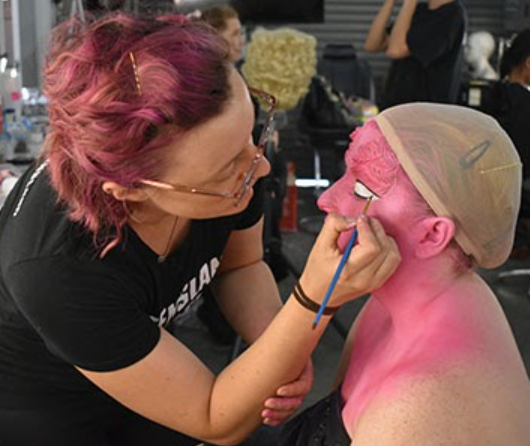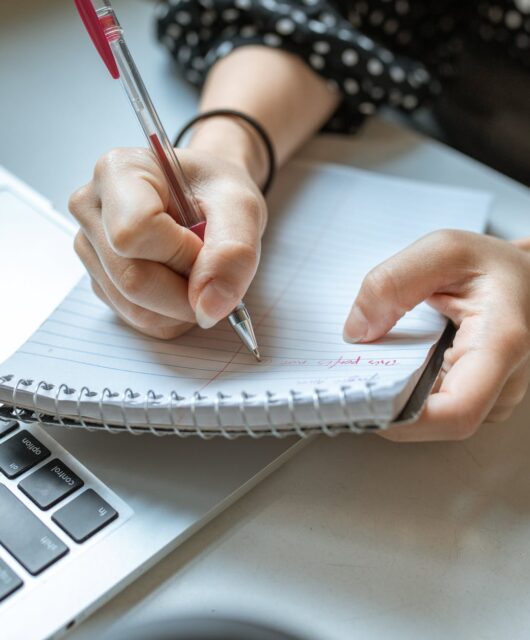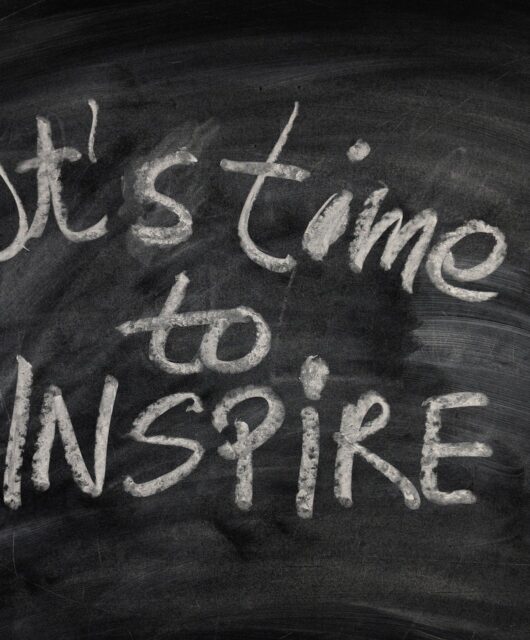15 Ways to Determine a Student’s Strengths and Weaknesses
 There’s nothing a teacher dreads more than a student losing ground. Unfortunately, regardless of the reason, this student doesn’t seem to gain enough from classroom instruction. Despite years of experience, teachers are often faced with this problem. So if a student is struggling, what can the teacher do?
There’s nothing a teacher dreads more than a student losing ground. Unfortunately, regardless of the reason, this student doesn’t seem to gain enough from classroom instruction. Despite years of experience, teachers are often faced with this problem. So if a student is struggling, what can the teacher do?
They can start by working on ways to determine their student’s strengths and weaknesses. For this to work, students must feel comfortable expressing their feelings clearly and freely to their teachers. Identifying these factors can be accomplished in many ways. Some are administered in classroom settings, while others can be administered at home. Once the teacher understands each student’s strengths and weaknesses, they can devise a plan to help them.
Students also need to take advantage of this opportunity to get feedback on how they’re doing academically to work on their weaker subjects and improve their overall performance in school.
As a Teacher, How Can You Improve Your Critical Thinking?
Develop critical thinking skills to better understand your students. It means evaluating information critically and drawing conclusions based on facts instead of assumptions. In other words, you should be able to think like a scientist, an engineer, or even a lawyer when dealing with your students. As a result, they will learn faster and retain more information.
What are some good ways to become a critical thinker? By reading widely and by learning how to ask questions. Read books, magazines, newspapers, and online articles about any topic you want to learn about. You can also improve critical thinking with an MS in curriculum & instruction, which teaches you how to teach and design lessons.
Here are 15 ways to determine a student’s strengths and weaknesses
1. Standardized Tests
These tests are given periodically throughout the year and measure your student’s academic progress. The results provide valuable information regarding your student’s strengths and weaknesses, which can help you plan their education accordingly. If they have trouble understanding math concepts, you may want to have them read a book on geometry before moving on to algebra. Or, if they don’t understand history, you might want to spend some time teaching them about world wars and the events leading up to them.
2. Teacher Evaluations
Teachers often use teacher evaluations to determine where to place students and how much support they need. They are usually completed after every class period and grade level, giving you a clear picture of your student’s strengths and weaknesses. You can also look at these evaluations to see what areas your students need improvement.
3. Homework Assignments
Homework assignments are a great way to assess your students’ comprehension levels and how well they’ve been applying the material covered in class. Many schools require students to submit weekly homework assignments as part of their grades. Some teachers assign extra credit for those who turn in their homework on time, while others make it a requirement. If you’re interested in improving your students’ scores, you should consider assigning them homework.
4. Classroom Assessment
This assessment helps you discover what works best for your students. For example, if you notice that certain students struggle with writing, you can change how you present the material during class. You can also implement different strategies to help your students succeed.
5. Group Projects
Group projects are another way to get a sense of your student’s abilities. They allow you to observe how each student performs individually and then compare them to other groups. You can also use this opportunity to determine what types of group dynamics work best for your students.
6. Attendance Records
If you’re having trouble keeping track of your students, attendance records are an excellent place to start. You can use these to determine where your students are absent from class and why. Taking this step will give you a better idea of what’s causing the absences and if there’s anything you can do to reduce them.
7. Interviews with Parents
Interviews with parents are a great way to gather information about your students. They can tell you how well your students are doing in school, what they enjoy studying, and what type of extracurricular activities they participate in outside of class. If you want to improve your students’ test scores, you’ll want to interview their parents.
8. School Records
Your school’s records can provide you with a wealth of information about your students. You can use this data to assess their academic performance, identify special needs, and create individualized learning plans for each student.
9. Parent-Student Conferences
Conferences with parents are a great way to determine how well your students are doing in school. It will offer insights into what’s going on at home and allow you to work together with parents to find solutions to problems that may arise.
10. Lunchroom Surveys
Lunchtime surveys are a great way to get a sense of your student’s academic performance and attitudes towards school. Students tend to open up to teachers more when they feel comfortable. You can use lunchtime surveys to gauge your students’ feelings and change your lesson plans to address any concerns.
11. Peer Tutoring
Peer tutoring is another way to get a sense of your student’s strengths and weaknesses. You can use this to find out what topics your students have difficulty with and then pair them with peers who are also struggling. You can also use peer tutors to help your students learn new skills and techniques.
12. Exit Tickets
Exit tickets are forms that students fill out when they leave class. You can use these to get a sense of how well your students remember the material covered in class. If they forget something, you can go back and review it with them. You can also use exit tickets to keep track of student behavior and follow the rules.
13. Self-Assessments
Self-assessments are a great way to discover what you’re good at and bad at. You can use these to get a sense of your strengths and weaknesses. You can also use them to reflect on your teaching style and make adjustments if needed.
14. Academic Performance Reports
Academic performance reports are documents that show your student’s progress over a specified period. These can help you monitor your students’ growth and determine whether or not you need to make changes to your teaching methods.
15. Observation Reports
Observation reports are used to collect information about your students’ behavior in the classroom. They include observations of your students’ interactions with other students and adults and their interaction with the teacher.
Final Thoughts
Determining a student’s strengths and weaknesses can be a tricky business. However, if you know what they’re good at, you can help them excel in those areas and help them overcome any weaknesses. Remember, all of us have both strengths and weaknesses. The key is to focus on stability and improve weaknesses.
You should always strive to be a good critical thinker and learner as a teacher. In the teaching process, you should also seek opportunities to improve yourself. Never rule out the possibility that one day you might stumble upon a new technique or skill that will enable you to teach your students more effectively.









